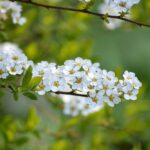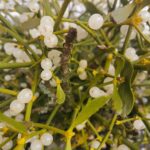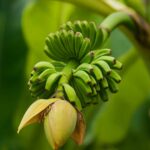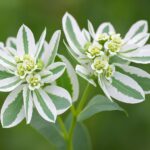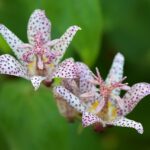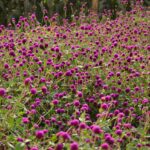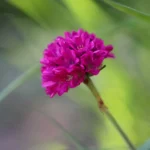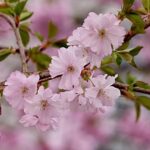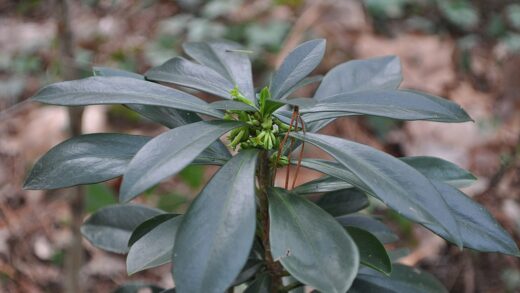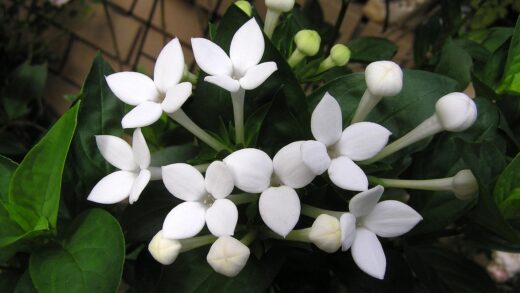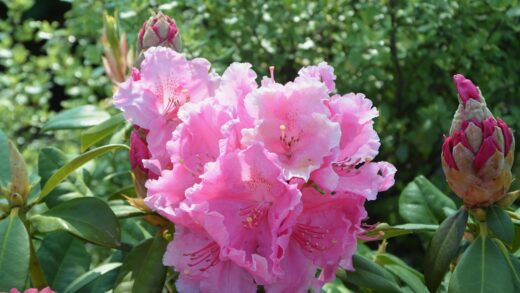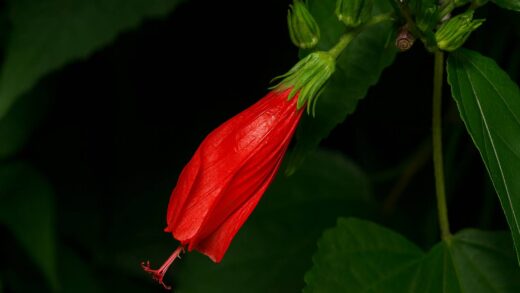The cornflower, scientifically known as Centaurea cyanus, is one of our most well-known and beloved wildflowers, whose vibrant blue petals are an essential splash of color in summer grain fields. This plant is fundamentally heliophilic, meaning it loves light, which indicates that abundant, direct sunlight is its lifeblood. In its natural habitat of fields and meadows, it receives unobstructed sunlight almost all day, which is essential for its entire life cycle, from germination and flowering to seed maturation. Although it can adapt to less-than-ideal conditions to some extent, it only reveals its true beauty and vitality in full sun, making the provision of proper light conditions crucial for its cultivation. Light is not just an energy source for it but also a critical environmental cue that regulates a series of physiological processes.
In the very first stage of the plant’s life cycle, during germination, light already plays a decisive role. Cornflower seeds germinate best when they are shallowly under the soil surface or even on it, as the presence of light stimulates this process. The young seedling immediately strives towards the light, a phenomenon called phototropism, ensuring that its emerging leaves can utilize solar energy as efficiently as possible. The formation of the initial rosette of leaves, which lies flat against the ground, also serves to maximize light capture before the plant enters the stem elongation phase. During this early, vulnerable period, ample light guarantees the laying of a strong foundation.
During the vegetative growth period, the intensity of sunlight has a direct impact on stem strength and foliage density. In a light-deficient environment, the plant responds with a phenomenon called etiolation: the stems become thin, elongated, and weak as the plant desperately tries to reach a light source. This not only leads to structural instability but also results in smaller and paler leaves. An adequate amount and quality of sunlight are essential for efficient photosynthesis, through which the plant produces its own food and gathers energy for subsequent flowering.
The flowering of the cornflower is regulated by photoperiodism, the alternating length of days and nights. As a long-day plant, it requires a certain critical duration of daily light to initiate flower bud formation, which typically occurs in the late spring and summer. The spectral composition of sunlight, especially the amount of UV radiation, also influences the intensity of the flower’s color; abundant sunlight contributes to the vigorous production of anthocyanin pigments responsible for the vibrant blue hue. Thus, sunlight is responsible not only for initiating flowering but also for its quality.
Optimal light conditions in cultivation
The fundamental condition for the successful cultivation of cornflowers is selecting the right growing site. One must look for a part of the garden that receives at least six to eight hours of direct, unfiltered sunlight daily. Cornflowers planted in shaded or partially shaded areas will develop poorly, produce elongated stems, fail to flower or have insignificant blooms, and become much more susceptible to various diseases. Before sowing the seeds, it is advisable to observe the different spots in the garden for a full day to assess the path and duration of sunlight, thereby ensuring the most favorable location for the cornflower.
More articles on this topic
The timing and method of sowing are closely related to light requirements. The seeds should be sown in early spring or autumn when the day length and light intensity are favorable for germination and initial growth. Since light is needed for germination, the seeds should not be sown too deep—no more than a few millimeters into the soil—or they can simply be scattered on the loosened soil surface and lightly pressed in. This shallow sowing ensures that enough light reaches the seeds to trigger the germination process, mimicking the conditions that occur in nature.
When choosing companion plants, the light requirements of the cornflower must also be considered. It should be avoided that it is shaded by taller, denser plants that could block the vital sun rays. Ideal companions are other annuals and perennials with similar needs and lower or airier growth habits that do not compete for light. Ensuring proper spacing—that is, leaving adequate distance between plants—is also crucial so that each individual plant receives enough sunlight to develop lush foliage and abundant blooms.
If you want to grow cornflowers in a pot or container, ensuring adequate light conditions requires even greater care. The most ideal location is a south-facing windowsill, balcony, or terrace, where the plant receives the maximum possible direct sunlight. When growing indoors, the use of full-spectrum grow lights is almost unavoidable, providing 12-16 hours of light daily to simulate long summer days. Without sufficient light, container-grown cornflowers will also only produce weak, non-flowering shoots.
Physiological effects and symptoms of light deficiency
One of the most conspicuous and common symptoms of light deficiency is the aforementioned etiolation, or the abnormal elongation of the plant. In this case, the cornflower’s stem becomes thin, weak, and noticeably pale green, while the distance between the leaves (the internodes) increases. This is the plant’s instinctive reaction to strive towards a light source; however, this growth comes at the expense of structural stability. Such etiolated stems are unable to support the weight of the flowers and can easily bend or break in the slightest wind or rain.
More articles on this topic
Inadequate lighting drastically reduces the rate of photosynthesis, which is the fundamental energy-producing process for the plant. As a result, the plant enters a state of energy deficit, which manifests as general growth depression; the plant’s size lags behind that of its counterparts grown under optimal conditions. The leaves may show chlorosis, or yellowing, as light is essential for the production of chlorophyll (the green pigment). The pale, yellowish foliage further impairs the plant’s photosynthetic ability, creating a negative spiral.
Light deficiency also severely affects the cornflower’s reproductive capacity. Insufficient sunlight inhibits or even completely prevents flower formation. If the plant does manage to produce flowers, they will be fewer in number, smaller in size, and instead of the characteristic vibrant blue color, they will have pale, almost colorless petals. This phenomenon is not only aesthetically unfavorable but also jeopardizes pollination and seed formation, reducing the plant’s chances of successful reproduction and creating the next generation.
A weakened plant suffering from light deficiency also has a compromised immune system, making it much more susceptible to various pathogens and pests. The shady, cool, and damp microclimate characteristic of light-deficient areas is particularly favorable for fungal diseases such as powdery mildew. Furthermore, the plant lacks sufficient energy to operate effective defense mechanisms against attacks from aphids or other pests, making it an easy target.
Light adaptation mechanisms and practical advice
The cornflower actively seeks light, which is manifested in the phenomenon of positive phototropism, meaning the shoots and leaves bend and turn towards the light source. This movement ensures that the photosynthesizing organs receive sunlight at the most optimal angle throughout the day. Although not as pronounced as in sunflowers, the cornflower also exhibits some heliotropic behavior, meaning it follows the sun’s path across the sky, thereby maximizing its daily energy intake. These built-in survival strategies allow it to assume the most favorable position in the struggle for light in nature.
Gardeners can take several practical steps to ensure optimal light supply for cornflowers. Densely sprouted seedlings should be thinned out in time so that the remaining specimens do not shade each other and have enough space to develop. Regular pruning of the lower branches of shrubs or trees near the flowerbed can also help more sunlight reach the ground level. In some cases, using reflective mulches, such as straw or light-colored gravel, can increase the amount of light reaching the lower leaves of the plant.
If it is unavoidable that the cornflower is placed in a partially shaded spot, one must be prepared for compromises. Under such conditions, flowering will likely be sparser, but with proper care, it can still provide an enjoyable sight. The most important thing in this case is to ensure good air circulation so that the leaves dry quickly, preventing fungal infections. Additionally, overwatering should be avoided, as the soil in the shade dries out more slowly, and stagnant water can lead to root rot, which can be even more fatal to the plant than light deficiency.
In summary, the cornflower is clearly a plant of sunny, open areas, and its healthy development and abundant flowering require several hours of direct sunlight daily. Selecting the right growing site and optimizing light conditions are the most important tasks in its cultivation, which will be rewarded with the rich splendor of vibrant blue flowers. If we understand and satisfy this fundamental need, the cornflower can become one of the most beautiful and enchanting ornaments of our garden year after year, evoking the atmosphere of summer meadows.


